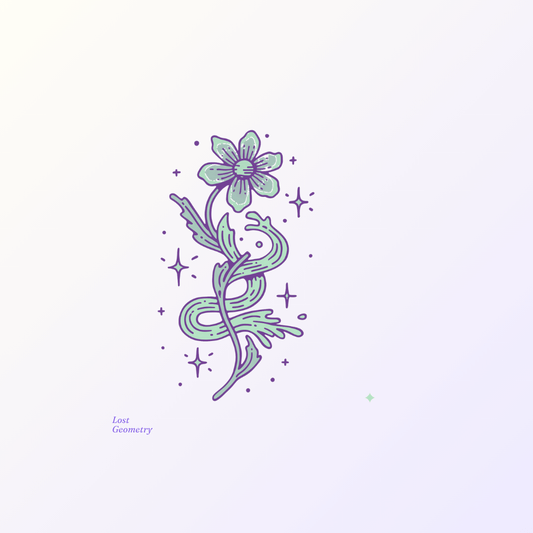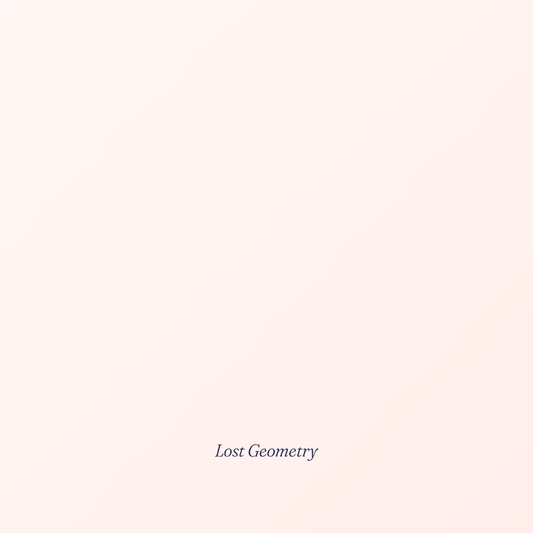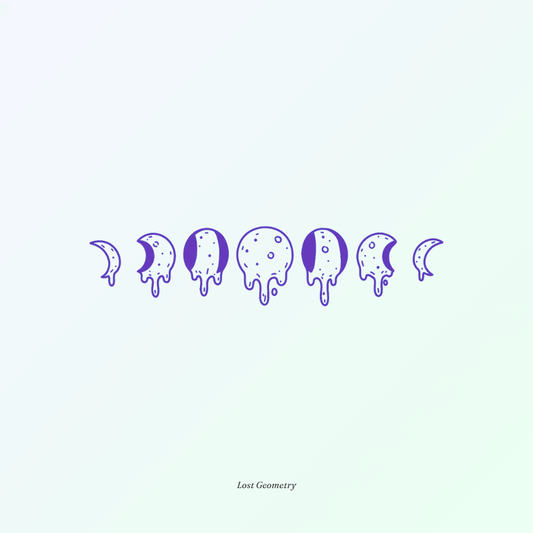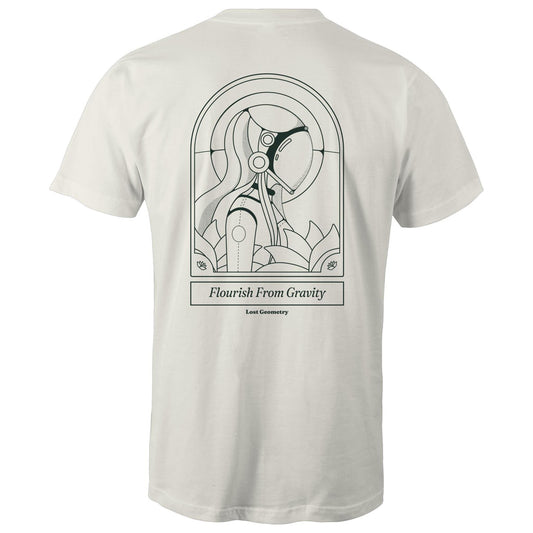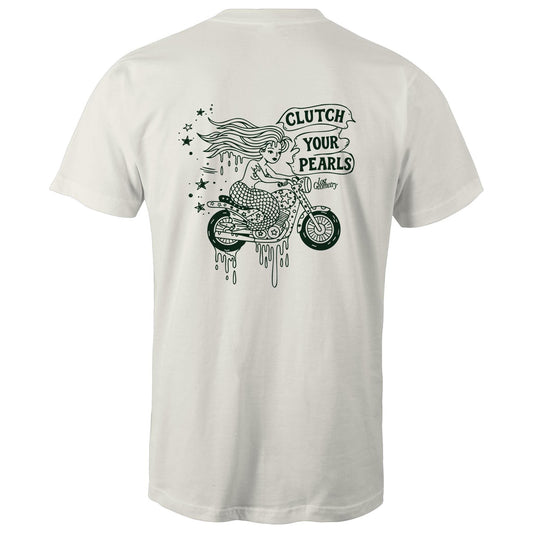The Science of Hope That Actually Works
Michael HileyActive hope vs wishful thinking—and how creative practice builds resilience.
Hope isn't naive optimism or wishful thinking. Real hope is active engagement with possibility, informed by reality but not limited by current circumstances. It's the decision to work toward desired outcomes even when success isn't guaranteed.
"And suddenly, just like that, hope became knowledge," writes Khaled Hosseini in The Kite Runner. This transformation happens when hope moves from passive waiting to purposeful action.
Hope vs Wishful Thinking
The crossed fingers with planets illustration represents the difference between magical thinking and grounded hope. One relies on external forces, the other on internal capacity combined with conscious effort.

Wishful thinking feels good but creates no change. Active hope requires effort but generates momentum toward desired outcomes.
The Neuroscience of Positive Expectation
"There's a purpose behind your existence, and when you discover what it is, you'll not only change the dynamics of the world, but also experience abundance in all areas of your life," observes Vex King in Good Vibes, Good Life.
Research in positive psychology reveals that hope consists of three components: goals (knowing what you want), pathways (understanding how to get there), and agency (believing you can do it). All three elements can be developed through practice.

How Creative Practice Builds Resilience
Creative practice develops hope by providing concrete evidence of your capacity to bring new things into existence. Every completed project—no matter how small—proves that you can transform vision into reality.
This builds what psychologists call "self-efficacy"—confidence in your ability to handle challenges and achieve goals. Each creative act becomes proof of possibility.
Active Hope Through Purposeful Action
Hope psychology shows that hopeful thinking is learnable:
Start with small wins — Build confidence through achievable goals that demonstrate your capacity for positive change.
Develop multiple pathways — For any important goal, identify several possible approaches. This prevents despair when one route doesn't work.
Focus on process over outcome — Measure success by consistent effort rather than specific results.
Connect to purpose — Link daily actions to larger meaning. Purpose provides energy during difficult periods.
Finding Hope in Difficulty
Resilience building happens not by avoiding challenges but by developing confidence in your ability to navigate them. Every difficulty you overcome successfully becomes evidence of your capacity to handle future challenges.
Hope differs from optimism in important ways. Optimism expects good outcomes. Hope works toward good outcomes regardless of probability. Mental health recovery often depends more on hope than optimism—the decision to keep working toward healing even when progress feels slow.
The cosmic flower represents how hope operates—rooted in practical action but reaching toward possibilities that transcend current limitations. Real hope combines grounded effort with expansive vision.
What action could you take today that would nurture hope for your future?
Check out my Instagram for more artwork exploring the intersection of creativity and consciousness. My illustrations and meaningful designs are available on sustainable apparel and prints in the Lost Geometry store.

